Hey there, history buffs! Ready to dive into the captivating world of Montana historical events?
Here’s what’s in store: by the time you finish reading this, you’ll not only learn more about Montana’s fascinating history, but you’ll also uncover some hidden treasures and incredible moments that have left their mark on this beautiful land.
Imagine stepping into the shoes of legendary explorers like William Clark and Meriwether Lewis, experiencing the thrill of the Gold Rush, and being utterly amazed by the breathtaking beauty of Yellowstone and Glacier National Parks.
Whether you’re a seasoned adventurer, a curious Montana history enthusiast, or simply a lover of captivating tales, this article is for you.
- Related article: Montana Year of Statehood
Let’s embark on this exhilarating journey together, where history and adventure intertwine in the most extraordinary way.
11 Historical Montana Events
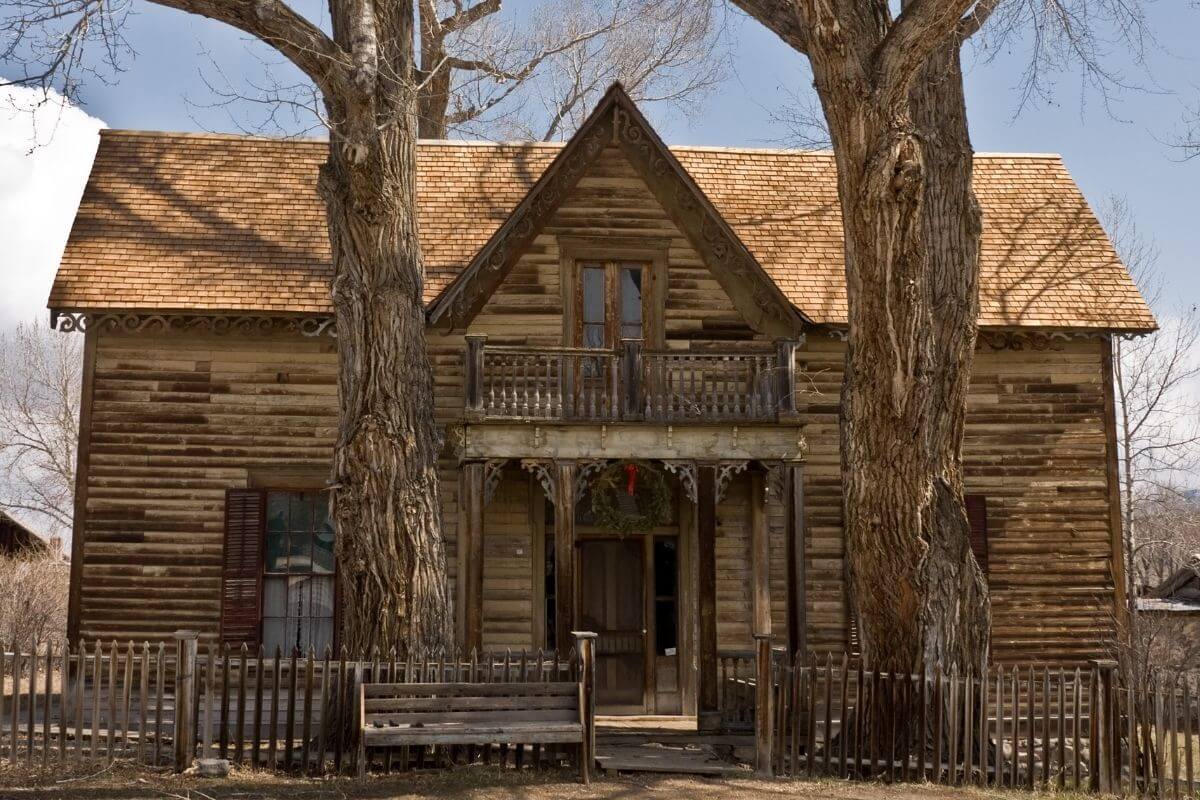
From the Louisiana Purchase in 1803 to the construction of Malmstrom Air Force Base in 1942, several significant events have played pivotal roles in shaping Montana over the years.
Let’s examine each of them.
1. The Louisiana Purchase (1803)
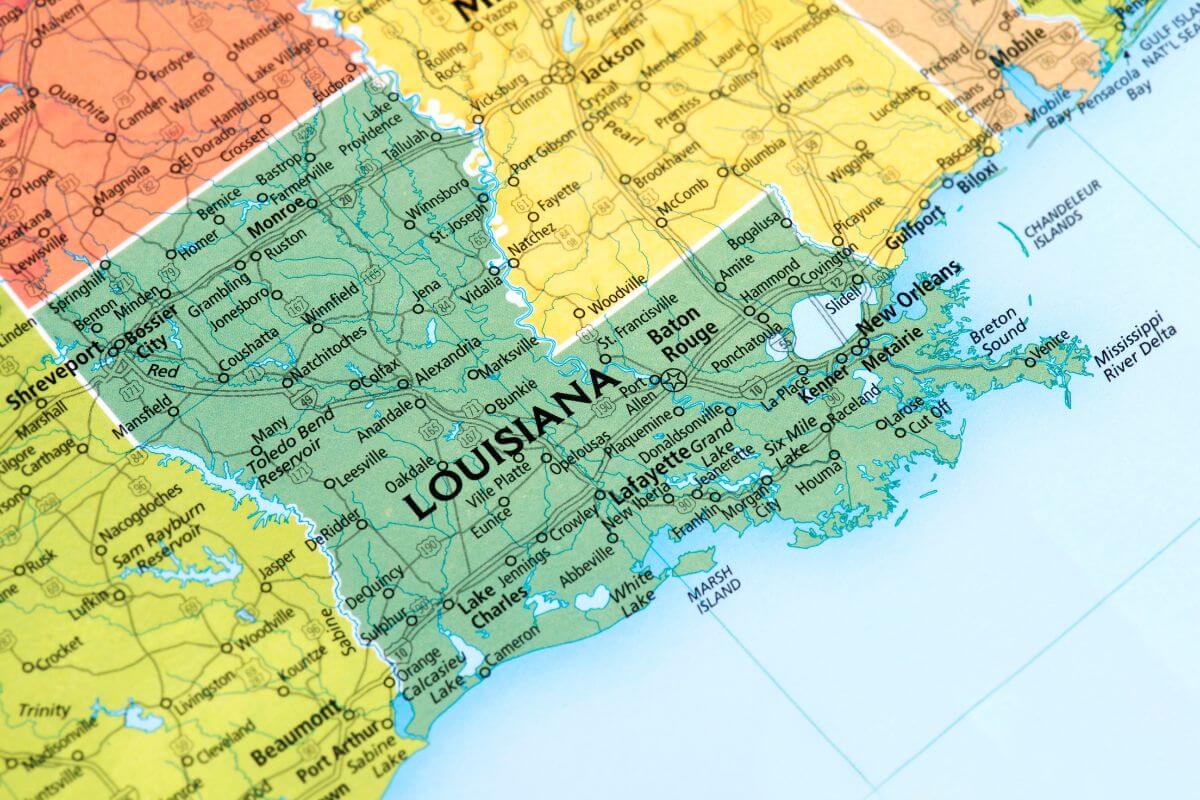
Let’s dive into some history! The Louisiana Purchase back in 1803 was a huge deal for the United States. It was all about getting a massive chunk of land that would one day become Montana.
Back then, they had a bunch of reasons for making the purchase – they wanted lots of space, needed access to the Mississippi River for easy transportation, and had their fingers crossed for a shortcut called the Northwest Passage that would take them straight to the Pacific Ocean. Cool, right?
On April 30, 1803, the United States bought the Louisiana Territory from France for a mere $15 million, doubling the size of the nation.
This tremendous expansion provided the U.S. with access to the Mississippi River and its tributaries, unlocking endless economic opportunities.
In the case of Montana, this acquisition laid the foundation for its future as the Treasure State. Its rich history and significant development can be directly attributed to the Louisiana Purchase.
Following this momentous event, the United States embarked on the Lewis and Clark Expedition, led by Meriwether Lewis and William Clark.
Initiated by President Thomas Jefferson, this exploration mission aimed to further survey and explore the newly acquired territory.
The Louisiana Purchase of 1803 not only doubled the country’s size but also set the stage for the significant expansion and development of Montana, making it an integral part of the United States’ history and identity.
2. The Lewis and Clark Expedition (1804-1806)
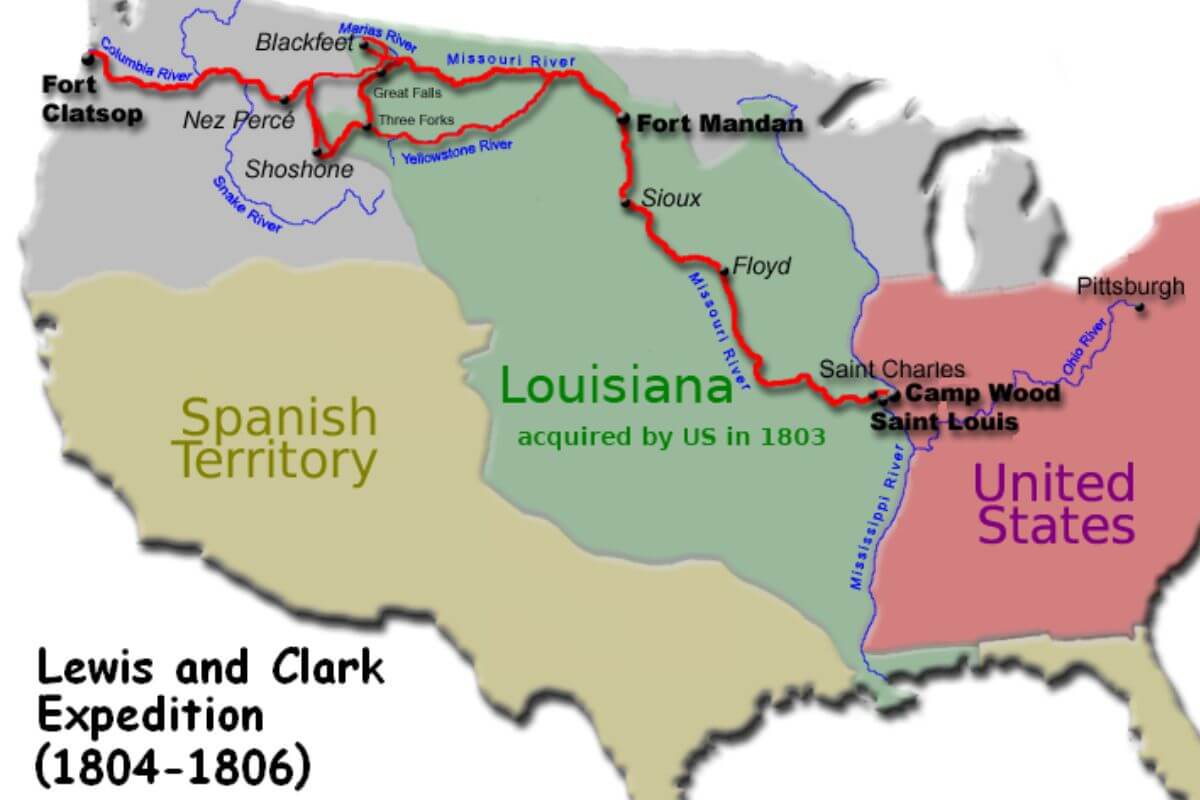
From 1804 to 1806, the Lewis and Clark Expedition, also known as the Corps of Discovery, embarked on a daring mission: to explore the newly acquired Louisiana Territory and find a navigable route to the Pacific Ocean.
And guess what? Montana was right in their path.
Being the first non-Native Americans to venture into Montana, Lewis and Clark left an indelible mark on the land, mapping out its geography and documenting its captivating flora and fauna.
Their detailed journals not only provided valuable insights into the region’s natural wonders but also shed light on the rich and diverse cultures of the Native American tribes they encountered along the way.
Did you know that one of the expedition members, York, was an African-American slave?
It’s fascinating to think about the diverse group of individuals who set foot in this vast and untamed wilderness on their quest for new routes and discoveries.
But the expedition was more than just a thrilling adventure.
The Lewis and Clark Expedition played a pivotal role in the history of Montana, opening up the territory to further exploration and settlement.
Moreover, the expedition helped foster friendly relations between the United States and the Native American tribes they encountered, paving the way for future interactions and understanding.
The expedition of Meriwether Lewis and William Clark laid the foundation for the growth and development of this incredible state, and their legacy continues to inspire generations to seek out new frontiers.
3. The Montana Fur Trade Era (1807)

Now there’s a chapter in Montana history that’s both captivating and perplexing which was The Montana Fur Trade Era of 1807.
Picture this: in the early 1800s, Montana was a hotbed of fur trade activity, attracting brave souls and fortune seekers eager to tap into the region’s abundant natural resources.
British-owned fur companies such as the Hudson’s Bay Company and the North West Company vied for North American beaver furs, resulting in conflicts and territorial expansions that set the stage for an era brimming with adventure and competition.
Enter William Ashley, an American fur trader with a vision.
He introduced the revolutionary Rocky Mountain trapping system, where free trappers operated independently or in small groups, rendezvousing annually to trade their furs.
Meanwhile, John Jacob Astor’s American Fur Company rose to dominate the industry, building forts and establishing a transportation network along the Upper Missouri River.
And speaking of the Missouri River, the advent of steamboats revolutionized the fur trade, making it possible to ship beaver pelts faster than ever before.
But wait, there’s more. Fort Benton emerged as the crown jewel of the Upper Missouri River, becoming the pivotal post for fur trade activities.
It was here that the seeds of Montana’s economy were sown, fueled by the relentless pursuit of exploiting natural resources for profit.
By the 1830s, the Rocky Mountain region was teeming with hundreds of free trappers, each seeking adventure and the promise of potential wealth through fur trading.
This booming fur trade was more than just a local affair; it was a global business that brought together different cultures and civilizations.
But with great opportunity came great consequences. The demand for furs led to the near extinction of beavers, minks, and otters within a mere 3 decades.
Such depletion prompted a shift towards bison hunting, an endeavor that sadly became a wholesale slaughter, nearly decimating the bison herds on the Northern Plains.
The impact of this fur trade era on Montana’s indigenous people cannot be overstated. Traditional trade patterns and cultural practices were disrupted, forever changing the fabric of their communities.
It was a complex era of prosperity and loss, complexity and transformation.
May we learn from the Montana Fur Trade Era, appreciate its complexities, and strive to build a future that balances progress with preservation.
4. The Homestead Act (1862)
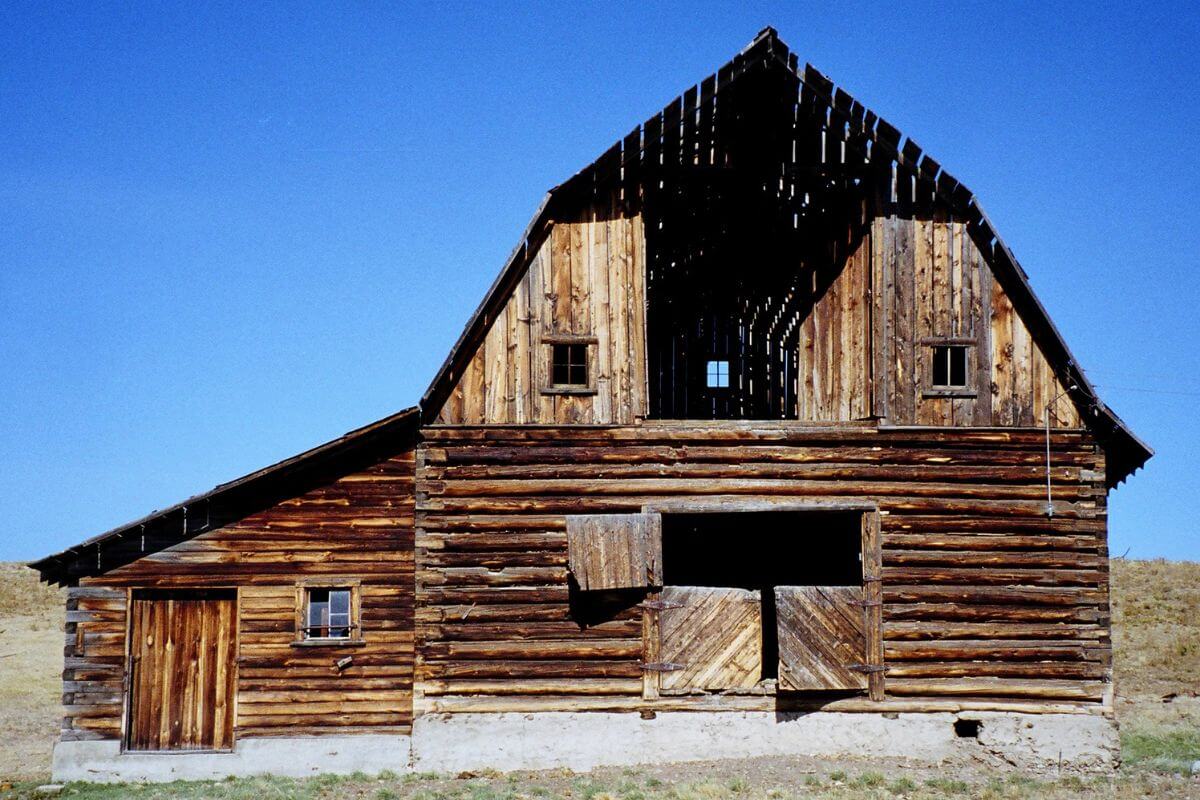
The Homestead Act of 1862 was a pivotal moment in American history and a driving force behind the settlement of the American West.
Signed into law by President Abraham Lincoln on May 20, 1862, the Homestead Act allowed any citizen or aspiring citizen who was the head of a family to claim 160 acres of government land.
It was an opportunity for individuals to move west, build a new life, and fulfill their dreams of land ownership.
To obtain title to the land, claimants had to meet certain requirements. They had to live on the land for 5 years, improve it through cultivation or building, and pay a small filing fee.
These stipulations aimed to ensure that settlers were dedicated to developing the land and contributing to its growth.
The Homestead Act had a significant impact on Montana.
It was a key event in driving the growth of the state, as thousands of individuals and families flocked to claim their piece of land and settle in Montana.
The act transformed the landscape, turning vast stretches of public lands into homesteads and towns.
However, the Homestead Act also had a significant impact on the Native American population of Montana.
As white settlers moved into the territory, Native Americans were forced to give up their land and relocate to reservations.
This displacement had far-reaching consequences for their communities and cultural practices. The Homestead Act is a complex piece of legislation with a controversial history.
It is celebrated for providing opportunities for westward expansion and land ownership, but it also played a role in the dispossession of Native American tribes.
Despite its complexities, Montana homesteading undoubtedly shaped the development of Big Sky Country and the American West as we know them today.
5. The Montana Gold Rush (1862)

The history of Montana’s Gold Rush in 1862 was a pivotal event in the history of the state. It marked the beginning of a mass immigration movement and set the stage for Montana’s mining legacy.
In the early 1850s, the discovery of gold by Benetsee in Deer Lodge Valley sparked discussions about potential gold reserves in the region.
However, it wasn’t until July 1862 that the 1st major gold strike occurred in Montana. John White and William Eads unearthed gold along Grasshopper Creek, attracting 400 miners who established Bannack City.
The significance of this discovery cannot be overstated.
It was the first major gold strike in Montana, igniting a frenzy of prospectors seeking their fortunes.
Just a year later, in May 1863, Bill Fairweather and his companions discovered gold in Alder Gulch, leading to the founding of Virginia City and Montana’s 2nd major gold strike.
This discovery of gold brought thousands of people rushing to the area, eager to claim their share of the gold.
In 1864, “Four Georgians” struck gold in Last Chance Gulch, which would become the prosperous mining town of Helena.
These 3 gold strikes were instrumental in attracting a massive influx of people to Montana, fueling a period of rapid growth and development.
However, along with this development came challenges.
The gold rushes had a significant impact on the Native American tribes of Montana, as they had to compete with miners for resources.
Law enforcement struggled to maintain order in the chaotic boom towns that sprouted up, and the landscape was forever altered as miners searched for gold veins in mountainsides.
The Montana Gold Rush of 1862 left a lasting imprint on the state, both in terms of its mining legacy and the effect it had on the Native American tribes.
It is a pivotal chapter in Montana’s history, one that shaped the trajectory of the region and left a wealth of stories and experiences in its wake.
6. Montana Territory Creation (1864)
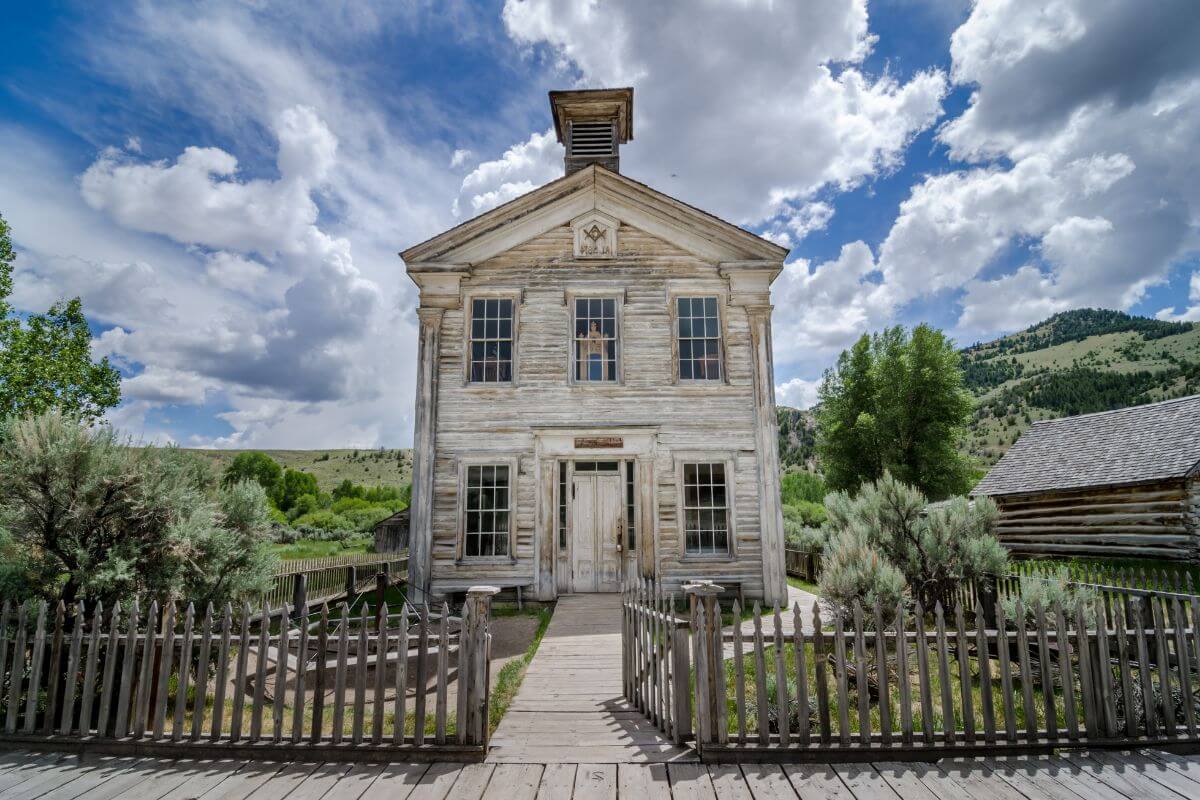
In the tumultuous years of the mining frontier, Montana found itself at a crossroads.
The eastern and western regions, both teeming with potential and prosperity, were yearning for a sense of unity.
And so, in a stroke of political genius, the creation of the Montana Territory brought these 2 dynamic regions together, forever altering the landscape of the West.
It was in 1863, with the establishment of the Idaho Territory, that eastern and western Montana first found themselves within a common boundary.
This fusion of lands set the stage for a monumental shift in the political landscape. And on May 26, 1864, the Montana Territory officially came into existence under the Organic Act.
First Territorial Governor Sidney Edgerton, a man of great vision, recognized the need to establish a seat of government.
And so, in the historic town of Bannack, the first territorial capital was born. It was here that the legislature was convened, shaping the nascent Montana Territory.
But the story of the Montana Territory didn’t end in Bannack. The territorial capital would move first to Virginia City in 1865, and then to Helena in 1875.
These moves reflected the ebb and flow of progress, as the territory grew and developed, fueled by the discovery of gold that drew people from near and far.
Amidst this vibrant era, the Montana Territory became home to a rich tapestry of cultures.
Native American tribes, including the Crow, Cheyenne, Blackfeet, and Kalispell, coexisted with newcomers, each group leaving an indelible mark on the land and its history.
The creation of the Montana Territory in 1864 represented a momentous turning point, as eastern and western Montana joined forces to forge a new path forward.
It was a time of immense growth, fueled by gold and the promise of a fresh start.
7. The Battle of the Little Bighorn (1876)
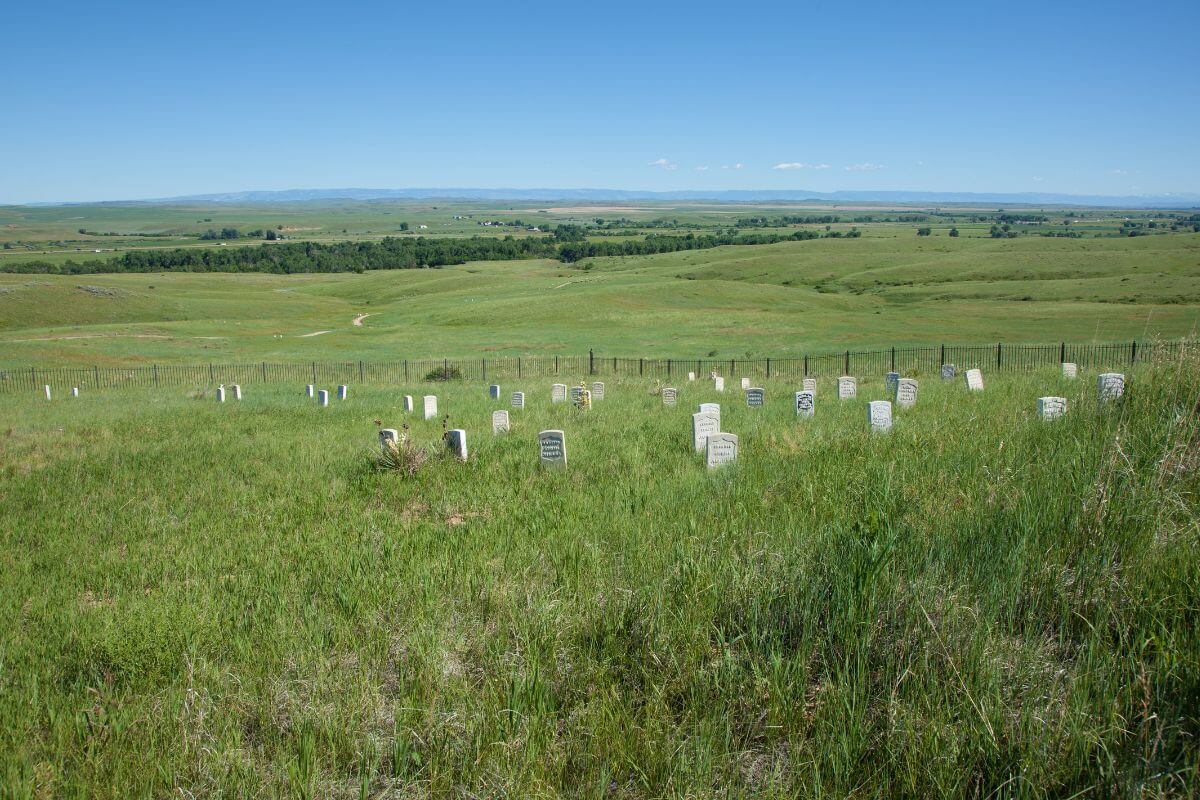
The Battle of the Little Bighorn unfolded in the vast expanse of south-central Montana on the fateful days of June 25-26, 1876.
It was a clash unlike any other, pitting the fierce warriors of the Lakota Sioux, Northern Cheyenne, and Arapaho tribes against the might of the United States federal troops, specifically the 7th Regiment of the US Cavalry, along with their Crow and Arikara scouts.
This battle was more than just a military skirmish.
It represented a profound collision of cultures – a striking juxtaposition between the buffalo and horse-based way of life of the Northern Plains Indians and the industrialized society of the United States.
It was part of a larger campaign aimed at forcing the nonreservation Lakota and Cheyenne to surrender, to bend to the will of the federal government.
Back in 1868, certain Lakota leaders had signed the Treaty of Fort Laramie, which established a reservation for their people in South Dakota.
However, not all Lakota leaders agreed to this arrangement. Sitting Bull and Crazy Horse, among others, vehemently rejected the reservation system, refusing to be confined.
Tensions reached a boiling point in 1874 when gold was discovered in the sacred Black Hills, thereby violating the terms of the treaty.
Gold rush fever gripped the region, as miners flooded into the area in pursuit of fortune, disregarding the rights and livelihoods of the Lakota and Cheyenne.
In response to this brazen disregard for their lands, General Sheridan devised a plan to engage the “hostile” Lakota and Cheyenne. His strategy involved deploying forces led by Custer, Terry, and Crook.
On that fateful day, June 25, Custer and his men launched an attack on the Lakota and Cheyenne villages.
But alas, they were vastly outnumbered and outmatched. The battle swiftly turned into what would be forever remembered as Custer’s Last Stand.
Custer and all his men perished in the face of overwhelming resistance from the Native warriors.
While the battle itself was a short-term victory for the Lakota and Cheyenne, its aftermath led to a heightened military effort aimed at subjugating indigenous peoples and forcing them onto reservations.
The United States government sought to seize the Black Hills without any compensation to the rightful inhabitants.
The Battle of the Little Bighorn stands as a poignant testament to the resilience and spirit of the Lakota, Cheyenne, and Arapaho tribes.
It serves as a stark reminder of the consequences of cultural clashes and the ongoing struggle for justice and recognition.
8. Northern Pacific Railway Completion (1883)
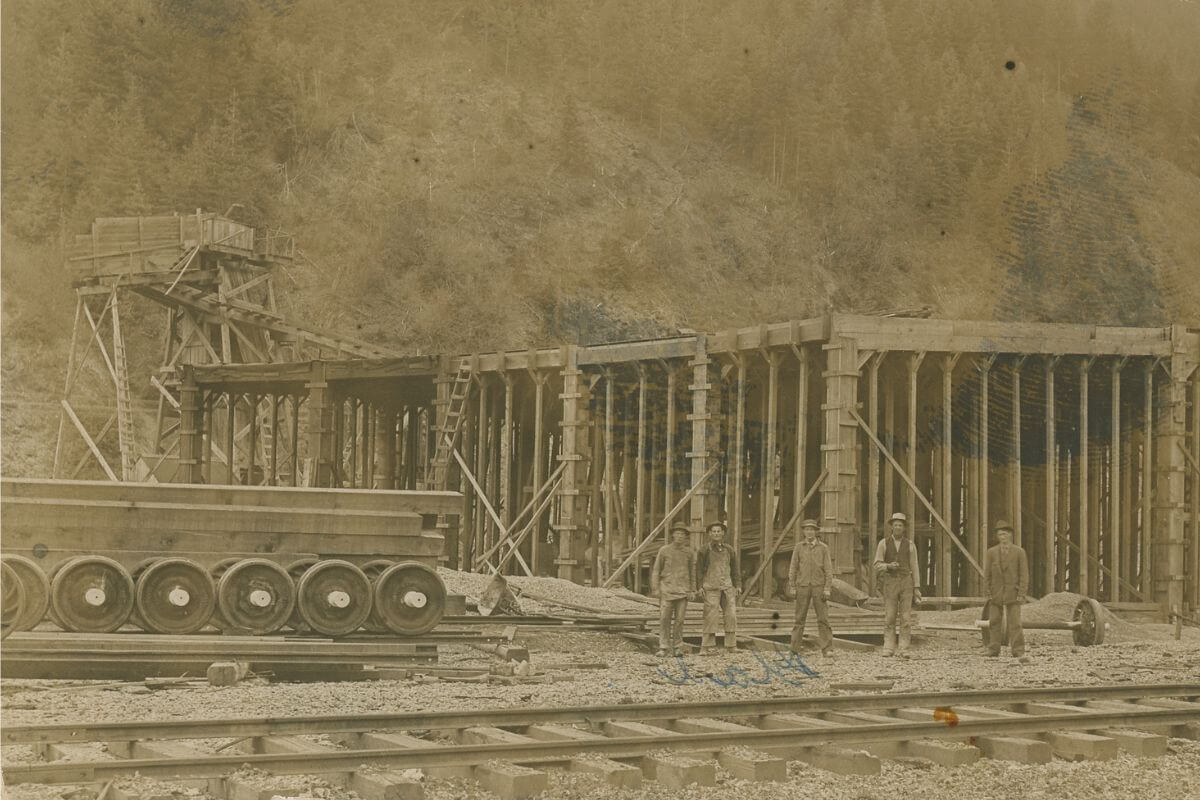
The incredible feat of engineering and human determination that led to the completion of the Northern Pacific Railway is truly marvelous.
In 1883, after years of setbacks and challenges, the final spike was driven into the ground at Gold Creek, Montana, marking the end of a monumental journey that forever changed the landscape, resources, and local economies of this region.
The Northern Pacific Railway, stretching almost 2,000 miles from the Northern Plains to the Pacific Ocean, was a true marvel of its time.
It was built with the help of a massive land grant from the government, a whopping 39 million acres, making it the largest grant in American railroad history.
With this vast amount of land, the Northern Pacific became the largest landowner in Montana, and its presence had a profound impact on the state.
The railway completion was a game-changer for Montana. It opened up previously inaccessible areas for settlement, allowing for growth and expansion.
The Northern Pacific Railway became a lifeline for the wheat farming, cattle farming, timber, and mining industries by providing a reliable means of transporting their goods to markets across North America.
It also spurred travel and tourism, as people flocked to Montana to experience the beauty and adventure of the region.
But let’s not forget the Great Northern Railway, built by the visionary James J. Hill.
While the Northern Pacific may have had the largest land grant, Hill’s Great Northern Railway attracted big private investors like the Rockefeller family and became the northernmost transcontinental route in the United States.
It raced to complete construction, settling on Marias Pass as a crucial crossing point through the imposing Rockies.
By July 1893, the Great Northern Railway had connected Minnesota, North Dakota, Montana, and Washington, reaching all the way to the vibrant city of Seattle.
The completion of these two railways is a testament to human ingenuity and perseverance, forever changing the face of the West.
It transformed this land, benefiting Montana and its people, opening up new opportunities and shaping the destiny of this remarkable place.
9. The Statehood of Montana (1889)
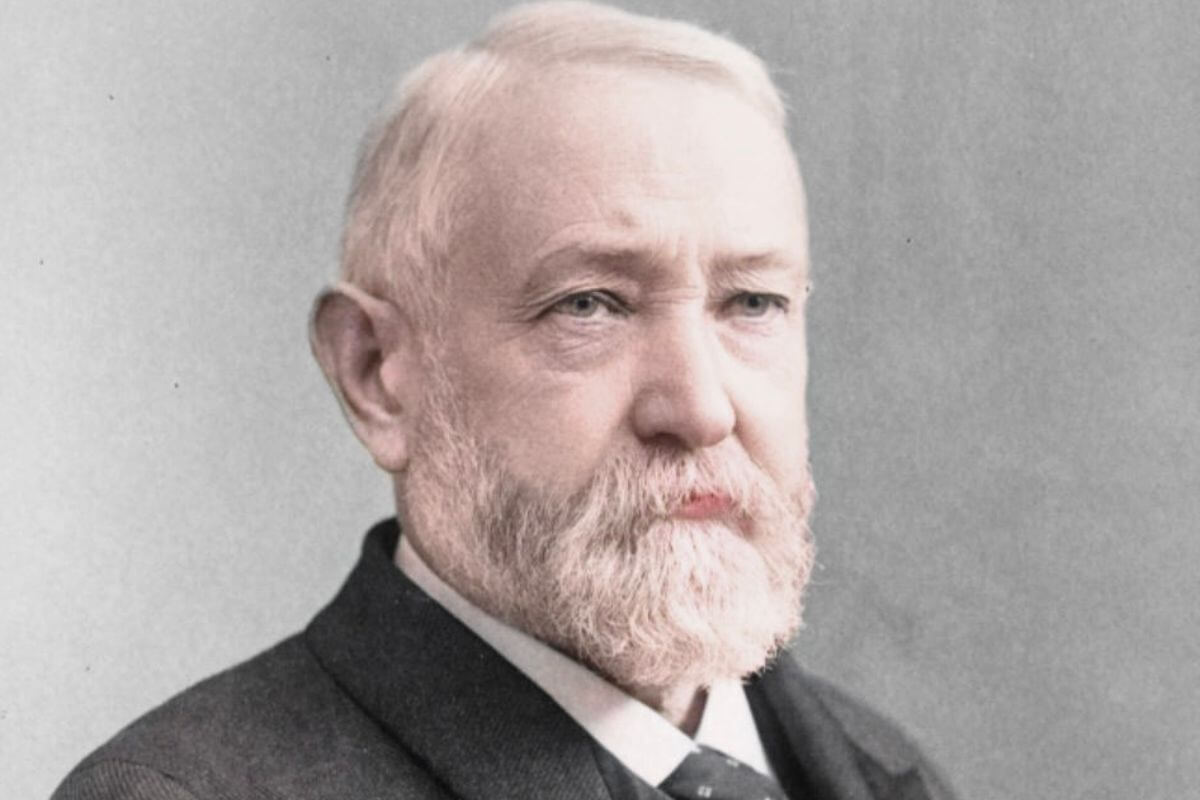
Becoming the 41st state was no small feat for Montana.
On that fateful day in November 1889, President Benjamin Harrison proclaimed Montana as a full-fledged state, granting it all the rights and privileges that come with statehood.
It was a historic moment, marking the end of Montana’s days as a simple territory and the beginning of its journey as a recognized member of the United States.
But before the grand proclamation, there were hurdles to overcome. Montana had long been plagued with frustrations as a territory, and demand for statehood grew louder and louder.
The mining boom that swept through the region brought in a flurry of settlers, transforming the landscape and fueling the desire for self-governance.
With such a rapid influx of people, it became clear that Montana needed more organization and structure.
To pave the way for statehood, Montana held state elections. And in true democratic fashion, the people spoke.
Joseph K. Toole emerged as the 1st state governor, elected by the citizens to lead them into this new era of statehood. But the path to full statehood was not without its challenges.
One key hurdle was the decision over the capital city.
In an election to determine the location, 7 cities were on the ballot. Helena and Anaconda stood out as the top contenders, but neither garnered a decisive majority.
So, a runoff was called for, and in the end, Helena emerged as the victor, securing its status as the permanent state capital.
With statehood came many changes. Counties were established, and sheriffs were appointed to uphold the law.
Montana was no longer just a vast, untamed territory—it was a state with a proud identity and a future full of possibilities.
And on that November day in 1889, Montana stood tall as the 41st state in the Union, ready to make its mark on the pages of Montana history.
10. The Establishment of Glacier National Park (1910)
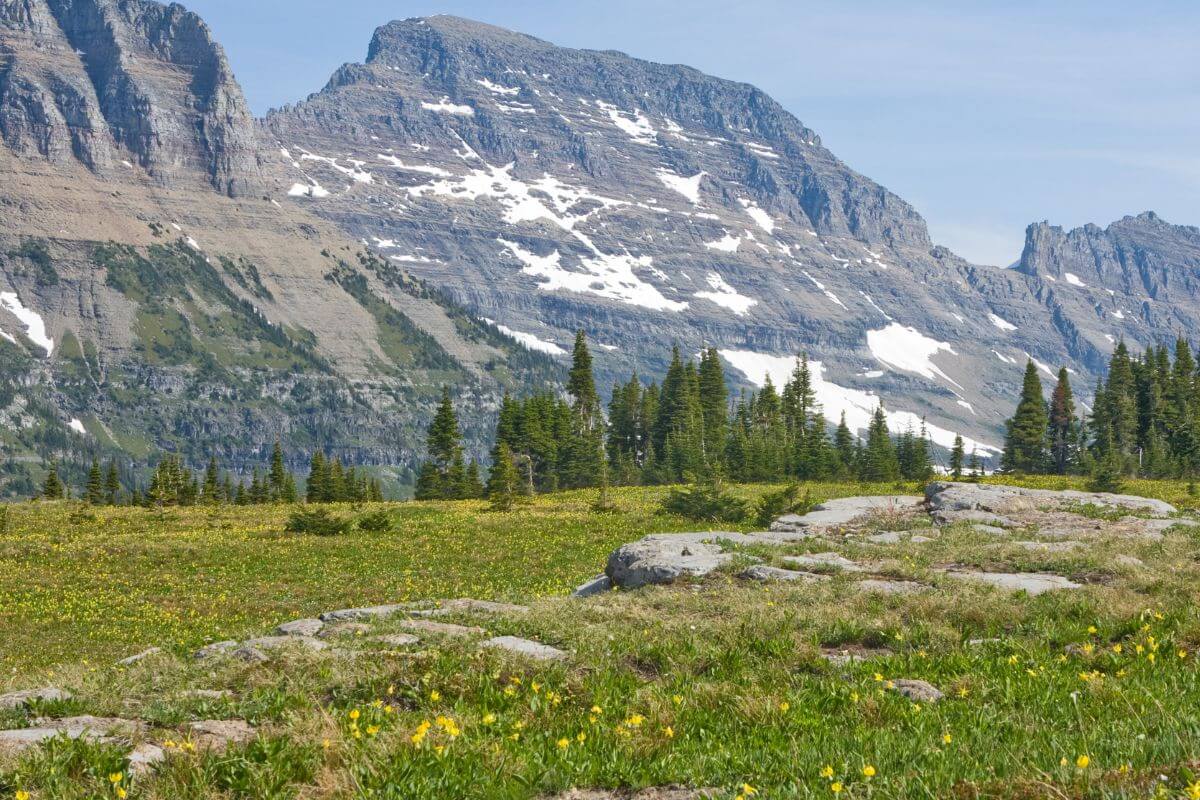
When European explorers first set foot on the land that would become Glacier National Park, they encountered a thriving community of Native American tribes, including the Blackfeet, Salish, and Kootenai Indians.
But as more settlers moved westward, the indigenous people were forced onto reservations, and their way of life forever changed.
In 1891, the completion of the Great Northern Railway opened up the area to even more people, leading to the development of small towns.
The mountains to the east of the Continental Divide were acquired from the Blackfeet in 1895, sparking a mining boom as prospectors flocked to the area in search of copper and gold.
As people began to recognize the breathtaking beauty of the region, facilities for tourists started to emerge in the late 1800s.
Visionaries saw the need to protect and preserve this natural wonderland, and they tirelessly advocated for the creation of a national park.
The efforts of visionaries such as George Bird Grinell paid off on May 11, 1910, when Glacier National Park was established as the country’s 10th national park.
Spanning 1 million acres, this crown jewel of the continent boasts towering mountains, crystalline rivers, and ancient forests.
To accommodate visitors, the Great Northern Railway built hotels and chalets throughout the park, while the awe-inspiring Going-to-the-Sun Road was constructed, providing access to the park’s interior.
In 1932, Glacier National Park became part of the world’s first international peace park, joined with Waterton Lakes National Park in Canada, symbolizing the bond of peace and friendship between the United States and Canada.
Glacier National Park has since welcomed over 100 million visitors, with annual visitation numbers continually on the rise.
The park is home to 25 named glaciers, including the largest, Blackfoot Glacier.
With over 700 miles of hiking trails and an ecosystem largely preserved since early European explorations, Glacier National Park is a testament to the enduring beauty of our natural landscapes.
It is worth noting that Yellowstone National Park, established in 1872, holds the distinction of being the world’s 1st national park.
This iconic park, with its geothermal wonders and unique wildlife, set the stage for the preservation of natural spaces across the United States.
The establishment of these parks highlights the importance of protecting America’s cherished landscapes.
11. Malmstrom Air Force Base Construction (1942)
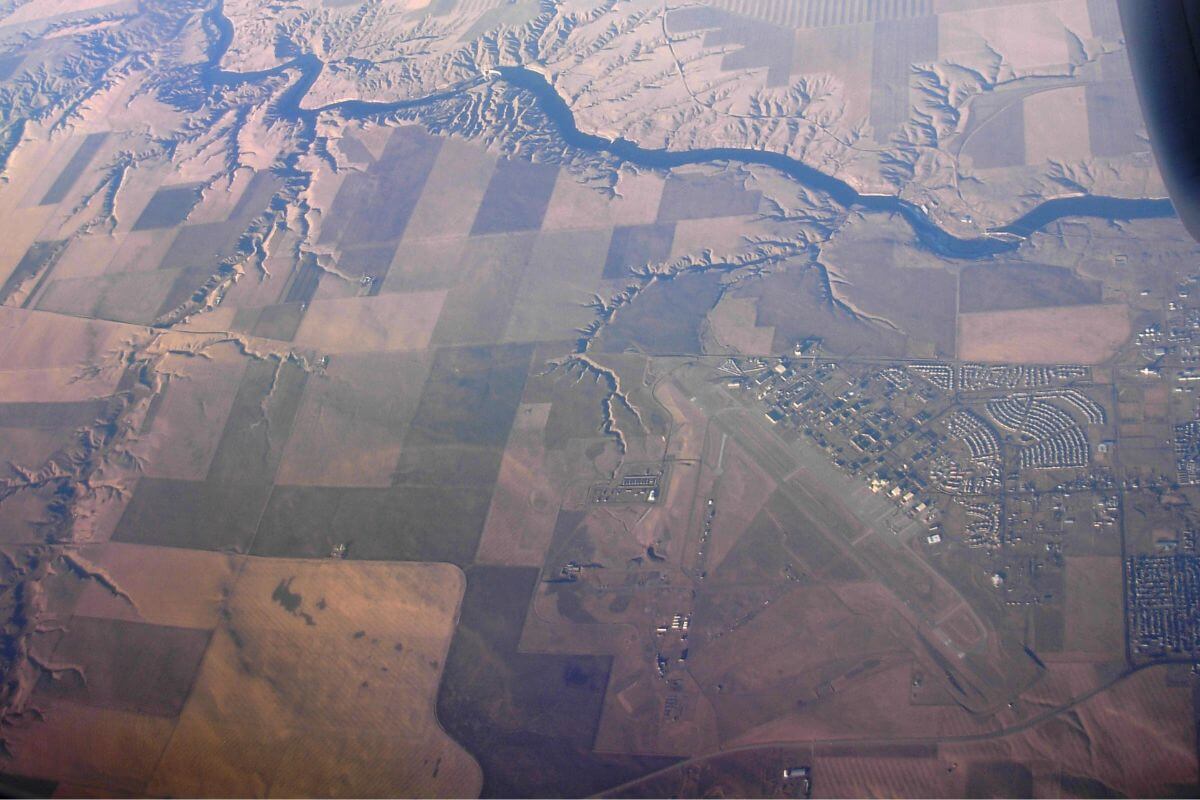
During the tumultuous times of World War II, Montana played a pivotal role in the nation’s war efforts.
Malmstrom Air Force Base, built in 1942, stands as a testament to Montana’s contribution and significance during those critical years.
In 1939, as the war loomed overhead, Malmstrom Air Force Base came into consideration as a heavy bomber training base. This marked the beginning of its storied history.
Three years later, in 1942, the Army Air Corps constructed a new air base to the east of Great Falls. At that time, Malmstrom Air Force Base was known as the Great Falls Army Air Base.
As the war raged on, Malmstrom Air Force Base served a crucial role in the United States Lend-Lease Program.
It acted as the supply hub, providing aircraft and vital resources to the Soviet Union. The base played a vital part in supporting our allies and ensuring their success in the war.
After the war, the base took on various roles, serving as a port of embarkation for Armed Forces personnel and supplies to Alaska and the northern Pacific.
It underwent a transformation and became known as the Great Falls Air Force Base.
With the onset of the Cold War, the base’s significance increased even further. Malmstrom Air Force Base became a crucial player in the North American Air Defense mission and was actively involved in the intricacies of the Berlin Airlift.
In 1955, the base was fittingly renamed Malmstrom Air Force Base in honor of Colonel Einar Axel Malmstrom.
In 1961, a new chapter unfolded when the 341st Strategic Missile Wing was activated at Malmstrom Air Force Base. It became a major Minuteman I intercontinental ballistic missile (ICBM) base, further cementing its importance in the nation’s defense strategy.
Today, it serves as a reminder of the state’s historical significance and its commitment to the nation’s defense.
Montana’s Historical Events Final Thoughts
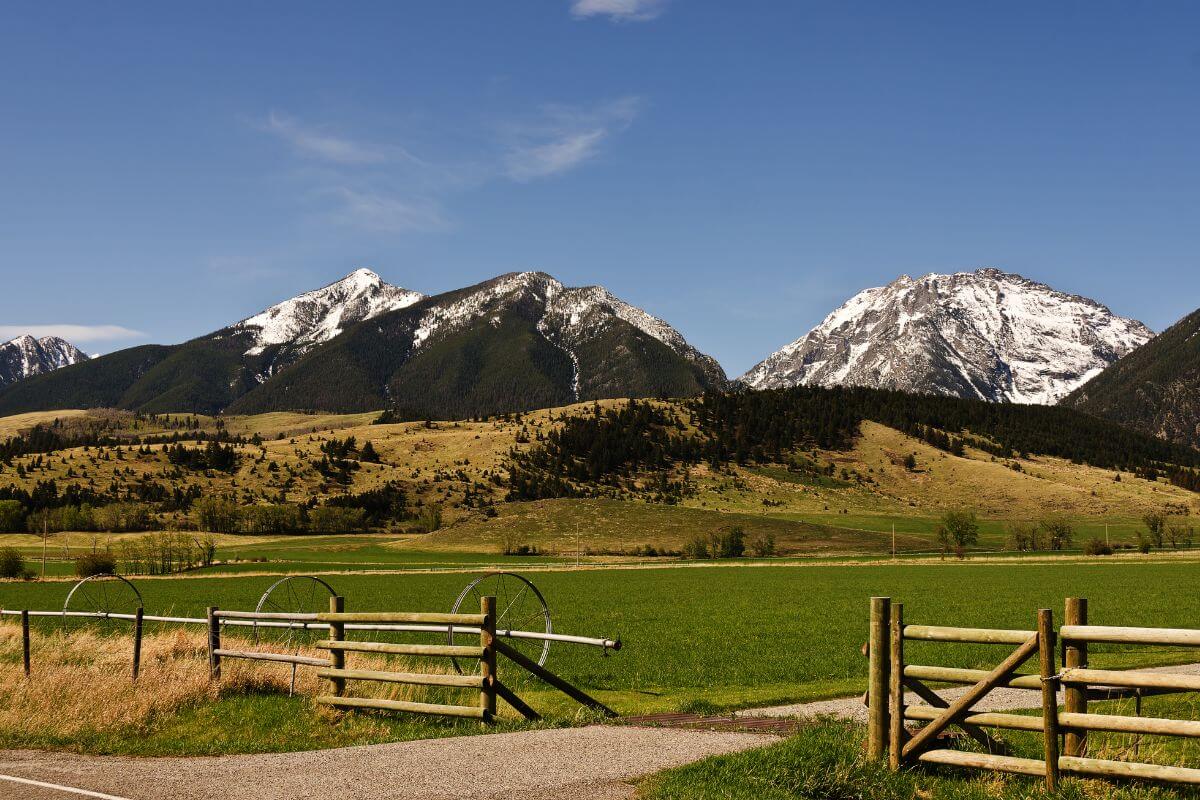
Throughout its rich history, Montana has been shaped by a multitude of significant cultural events, leaving a lasting legacy on its culture and growth.
From the majestic Glacier National Park to the allure of Gold Creek and the expedition led by Lewis and Clark, Montana’s historical events have captured the imagination of both locals and visitors alike.
The pioneering spirit of figures like Meriwether Lewis and William Clark and the establishment of Fort Benton along the Missouri River played a crucial role in the exploration and settlement of the region.
The discovery of vast amounts of gold during the 1st gold strike in Grasshopper Creek brought prosperity and boom towns to Montana, forever changing the landscape and population.
The Battle of Little Bighorn River and the establishment of Glacier National Park marked pivotal moments in Montana’s history, adding to its allure as a tourist destination and preserving its natural beauty for future generations.
Montana’s historical key events have shaped its culture, fostered growth, and left a lasting impact on its people.
The state’s rich heritage continues to be celebrated and cherished, captivating all who delve into its history.
Explore more about the state of Montana by giving these other articles a read:
- https://mt.gov/discover/brief_history.aspx
- https://guides.loc.gov/homestead-act
- https://www.nps.gov/libi/learn/historyculture/battle-story.htm
- https://www.blm.gov/blog/2021-09-09/northern-pacific-railroad-completion-site
- https://www.doi.gov/blog/9-things-you-didnt-know-about-glacier-national-park
- https://www.malmstrom.af.mil/About-Us/History/Malmstrom-History/
- https://commons.wikimedia.org/wiki/File:Carte_Lewis-Clark_Expedition-en.png
- https://www.flickr.com/photos/24724221@N07/52072550113
- https://commons.wikimedia.org/wiki/File:Benjamin_Harrison_colorized_portrait.jpeg
- https://www.flickr.com/photos/brewbooks/2221866361

